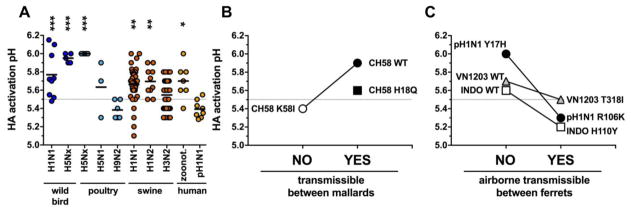Figure 4. HA activation pH values for influenza A viruses.
(A) Highest pH values of overlaid media that trigger virus-infected cells to form syncytia, or fuse, grouped by host species. Isolates from wild birds include H1N1 and H5Nx (H5N2 and H5N8) [54, 68]. Isolates from poultry include H5Nx, H5N1, and H9N2 [57, 58, 68, 72, 73, 98]. Swine isolates include H1N1, H1N2, and H3N2 [54, 66]. Human isolates include zoonotic infections (H5N1, H7N7, H7N9, and H9N2) and 2009 pandemic H1N1 (pH1N1) viruses [54]. Mean values for each group are shown by horizontal bars. All data was collected using the same methods in the same laboratory. Statistical significance between the human pH1N1 group and the other groups was determined by one-way ANOVA analysis followed by a Tukey post-hoc test: *P < 0.05, **P < 0.01, ***P < 0.001. (B) Relationship between HA activation pH and transmissibility between mallards. A/chicken/Vietnam/C58/2004 (C58) (H5N1) wild-type (WT, closed circle) and HA1-H18Q (closed square) were transmissible between mallards, while CH58 HA2-K58I (open circle) was loss-of-function for transmissibility [73]. (C) Relationship between HA activation pH and transmissibility between ferrets by the airborne route. Viruses incapable of ferret airborne transmission included A/Tennessee/560-1/2009 (H1N1, closed circle) containing an HA1-Y17H mutation [54], A/Indonesia/5/2005 (H5N1, open square) wild-type [60, 95], and an H5N1 reassortant virus containing the wild-type HA protein from A/Vietnam/1203/2004 (VN1203, gray triangle) [96]. Airborne transmissible gain-of-function viruses had stabilized HA proteins including pH1N1 HA2-R106K, H5N1 HA1-H110Y, and H5N1 HA1-T318I. H3 numbering is used.

